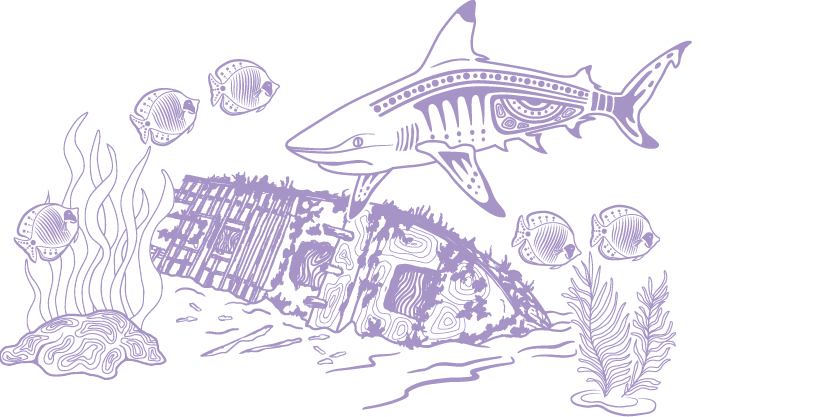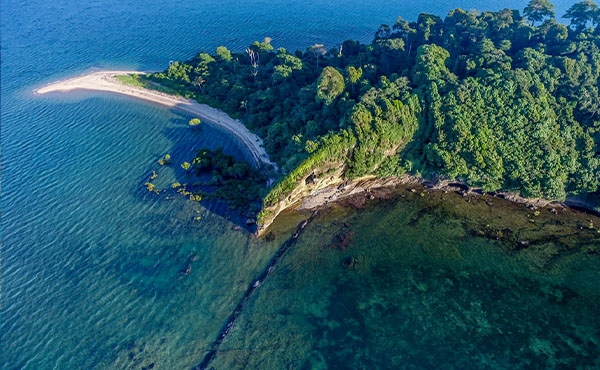Sacred sites, sites of particular significance and places of cultural tradition are tangible aspects of the Region’s Indigenous heritage values. Knowledge of the locations of sacred sites is not widely shared outside of Traditional Owner groups to respect cultural traditions and protect the sites. Some groups are progressing formal Sea Country values mapping for their Country, in collaboration with managers.76,78 These projects provide a Traditional Owner-led approach to identify, prioritise and protect cultural heritage values, including culturally important sites (Section 8.5.2).
Sacred sites can include story places where ancient spirits lived. Marbaymba is a story place near Rattlesnake Point in Jalunji-Warra Sea Country where the rainbow serpent lives, access is restricted under the Nature Conservation Act 1992 (Qld).1111,1112 Other culturally significant sites include burial sites, scar trees, midden sites, camp sites, shelter huts, stone artefacts, as well as places of significance during and post colonisation.76,78


